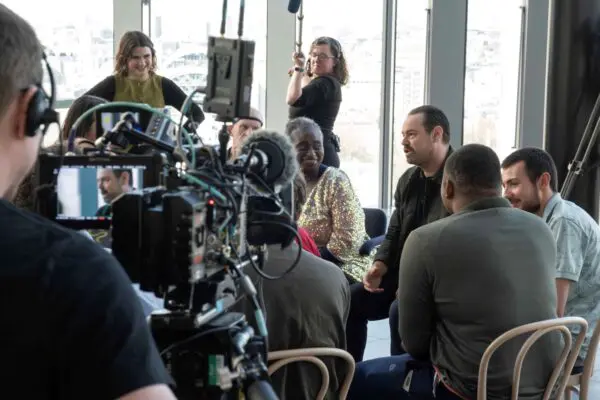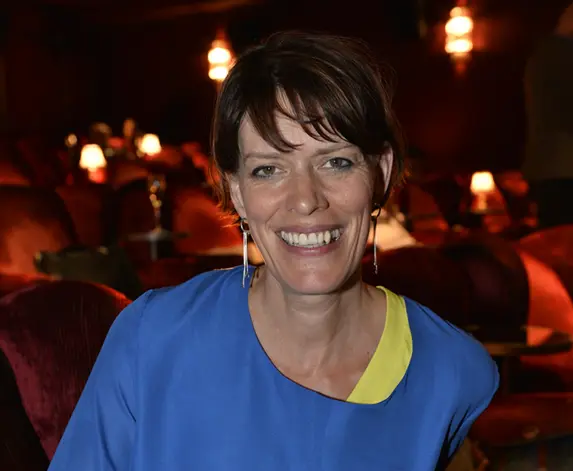Director Clio Barnard is known for making films, videos and installation pieces exploring, as one critic has put it, “the tensions between documentary and fiction… across the art-film divide.”
Her latest work, showing in this year’s BFI London Film Festival and on UK cinema release from 22 October, is The Arbor, which is also the name of one of just three plays by the writer Andrea Dunbar who died in 1990 aged 29 of a brain haemorrhage. Dunbar’s best known play was Rita, Sue and Bob Too, filmed in 1986 by Alan Clarke.
Barnard’s film is an exploration of the life and legacy of Dunbar who drew heavily on her experiences growing up on Bradford’s notorious Buttershaw estate. It has been some time in the making as Barnard spent two years interviewing Dunbar’s family and friends with actors lip-synching the interview material.
Here we catch up with the director about the journey she has been on to bring the film to life…







